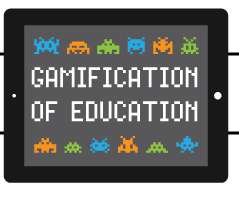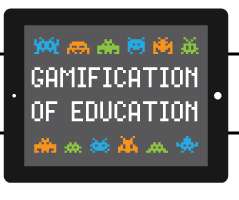Ed Tech Vocab: Keeping Up with Trends in Education
eSpark
APRIL 7, 2022
Think of it as a cheat sheet to help you learn all you need to know about technology in the classroom! It is also often referred to as “hybrid learning” and can incorporate many different types of education technology. MOOC refers to a massive online open course, a type of distance learning.















Let's personalize your content